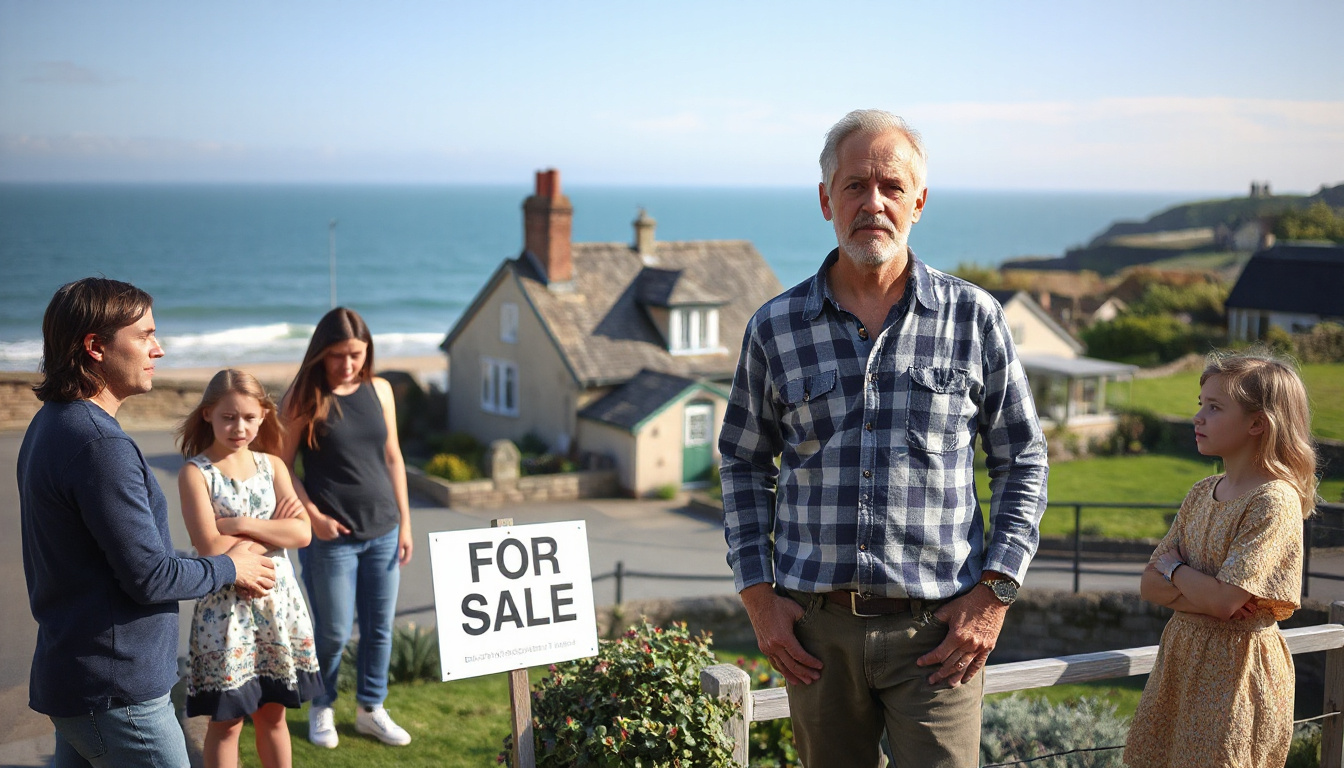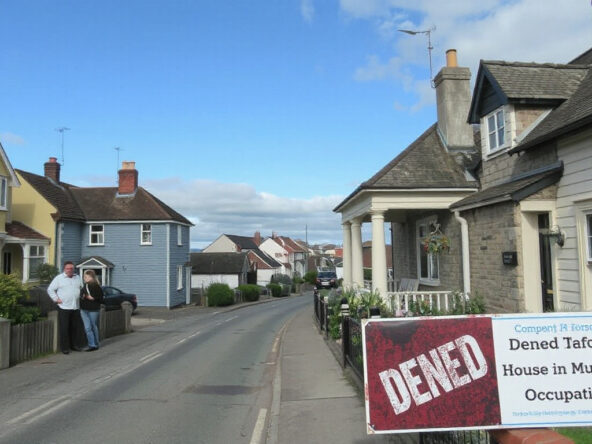Rising Council Tax Premiums for Second Homes: What You Need to Know Before April
Property owners and investors face a change. In April 2025, many in England may see the council tax for second homes jump. The average bill can move from about £2,171 a year to nearly £4,342. This rise may hit hard for those who own extra homes or plan to buy them, especially Houses in Multiple Occupation.
Understanding the New Laws
In early 2024, new rules came in. Local councils may add a 100% charge on the council tax for a home that is not the main residence. The goal is to ease a housing shortage in busy areas. In these spots, many locals lose the chance to buy or rent a home because buyers from elsewhere push up prices.
Reports show that more than 150 councils plan this change. The rule asks extra home owners to think about keeping their property where locals need homes. Places such as Cornwall, South Hams (which includes the seaside town of Salcombe) and Cumberland in the Lake District see these steps.
Financial Implications
What does this change mean for investors? If your council uses the new rule, your yearly council tax bill may double. This change brings extra costs many will feel. Research from the Local Government Chronicle says the new charge might give councils over £100 million each year to spend on local services as demands grow. Also, the property website Zoopla sees this rule as a risk for house prices in coastal and country areas. In North Devon, prices fell by 7.8% and in Cornwall by 1.5% compared to last year.
Navigating Council Tax Changes: What You Should Do
-
Check Your Local Council Status:
Many councils have approved the rise for second homes. Councils such as Bath and North East Somerset, East Devon, and North Yorkshire lead this change. If you live in a favorite holiday spot, check your council rule. You can do this quickly via the UK government portal by entering a postcode. -
Identifying Your Property Classification:
Not every extra home meets this rule. A home is usually seen as a second home when it is set up with furniture and not used as the main residence. Some cases, like a non-habitable wooden structure in Pembrokeshire, still got a higher tax because it was classified as extra. -
Property Types and Tax Responsibility:
- Buy-to-Let: Usually, if you rent out your extra home, your tenant pays the council tax. In that case, you may not get the extra charge unless the home is an HMO.
- Empty Homes: Different rules apply if a home stays empty. An unfurnished empty home may face an extra charge if it sits unoccupied for long.
- Holiday Lets: Homes used as holiday lets usually do not pay council tax. They pay business rates instead, and the cost depends on how often the home is used.
Potential Strategies to Mitigate Costs
If the new council tax rates bring stress, you may try other plans. You might sell the property to ease the burden. You can also change your extra home to a holiday rental. This choice may cut costs even if you use it less. It may, however, add new tasks when managing rentals.
From April, new tax rules for furnished holiday lets can add more tasks. You may find it tougher to get tax help. Changes in capital gains tax may also make renting out a second home less attractive. In some cases—such as during renovations or while handling an inherited property—you may get temporary relief from the extra tax.
Conclusion
The new council tax rule on second homes brings tough choices for property investors in England. The rise in costs must be weighed against changes in property value and the rental market. For those with Houses in Multiple Occupation, checking local rules and knowing your property classification can help keep spending in check. Stay aware of these changes and check with your local council to learn how the rules affect you as April 2025 nears. A clear plan and sound advice will help manage the extra costs.
References:



